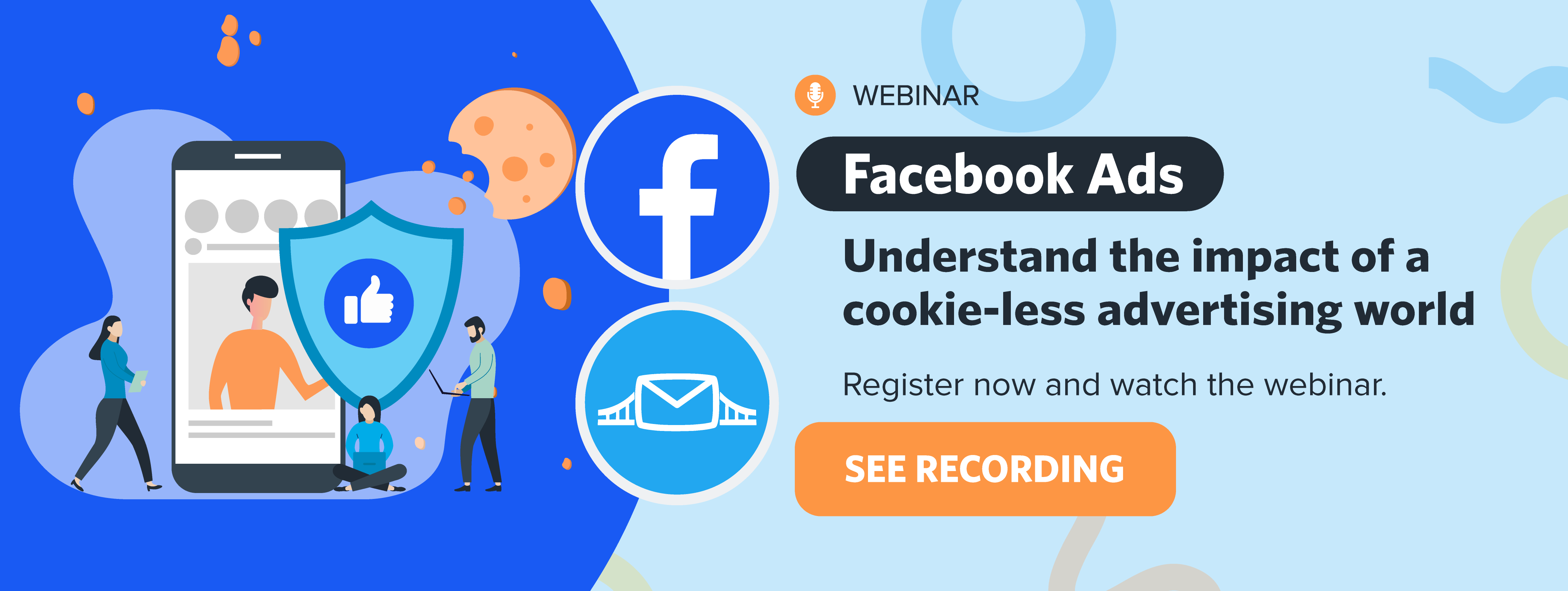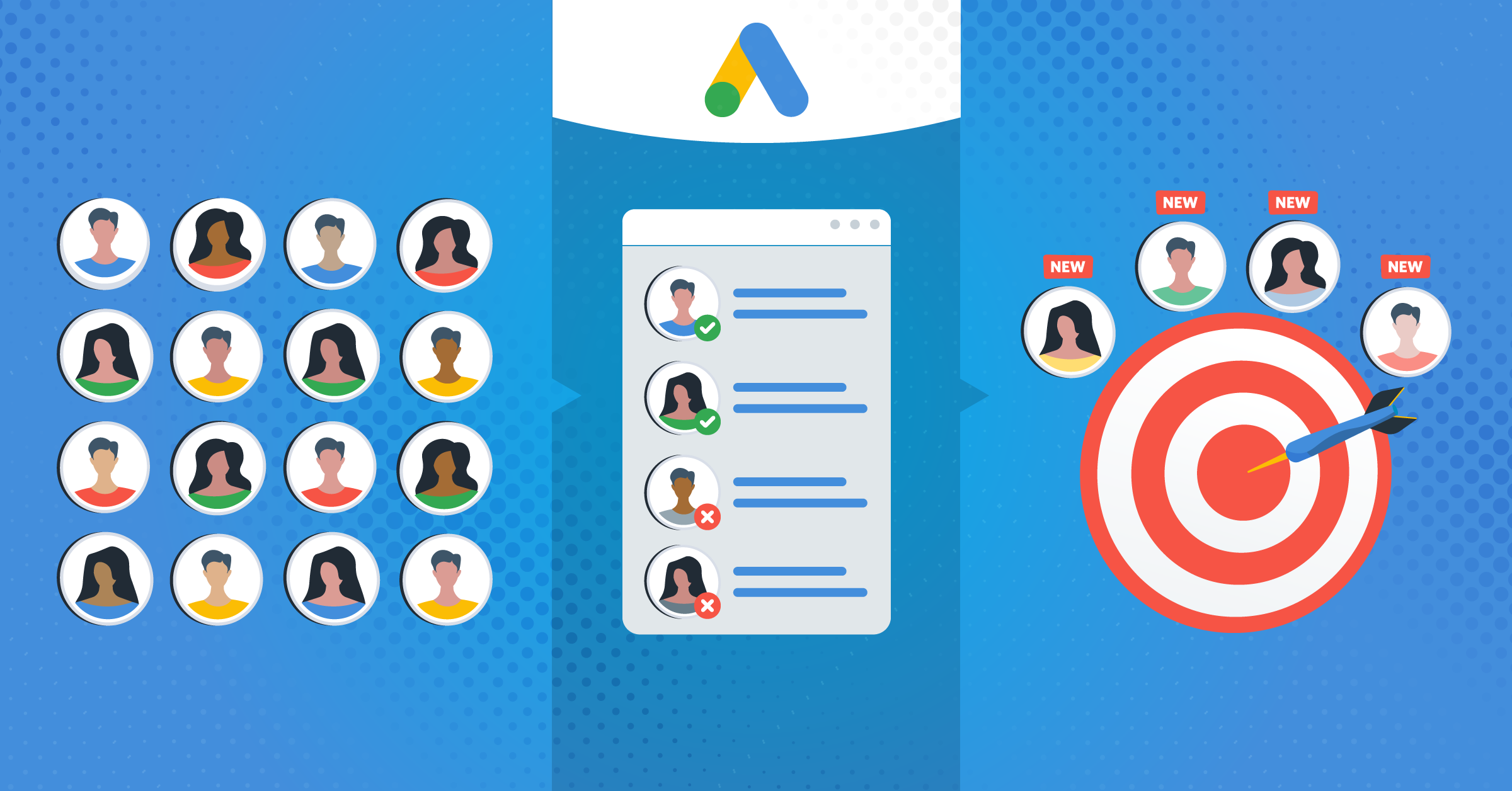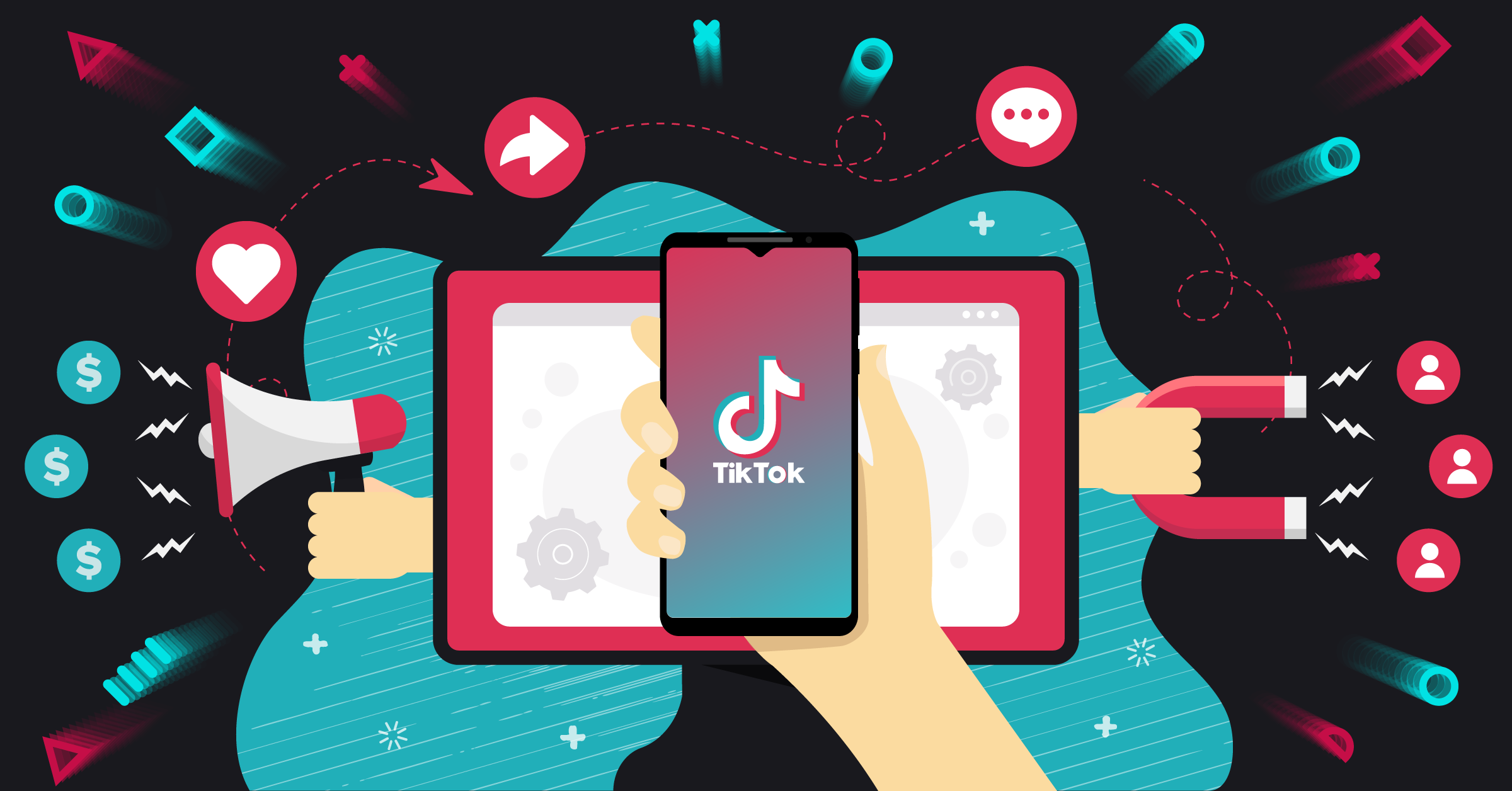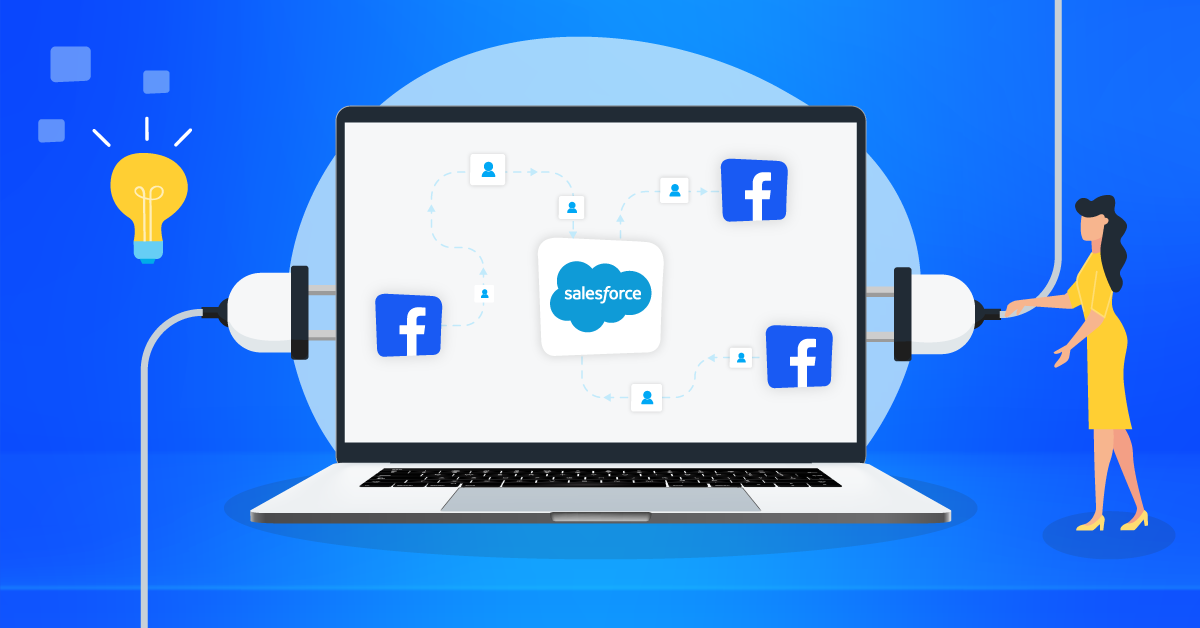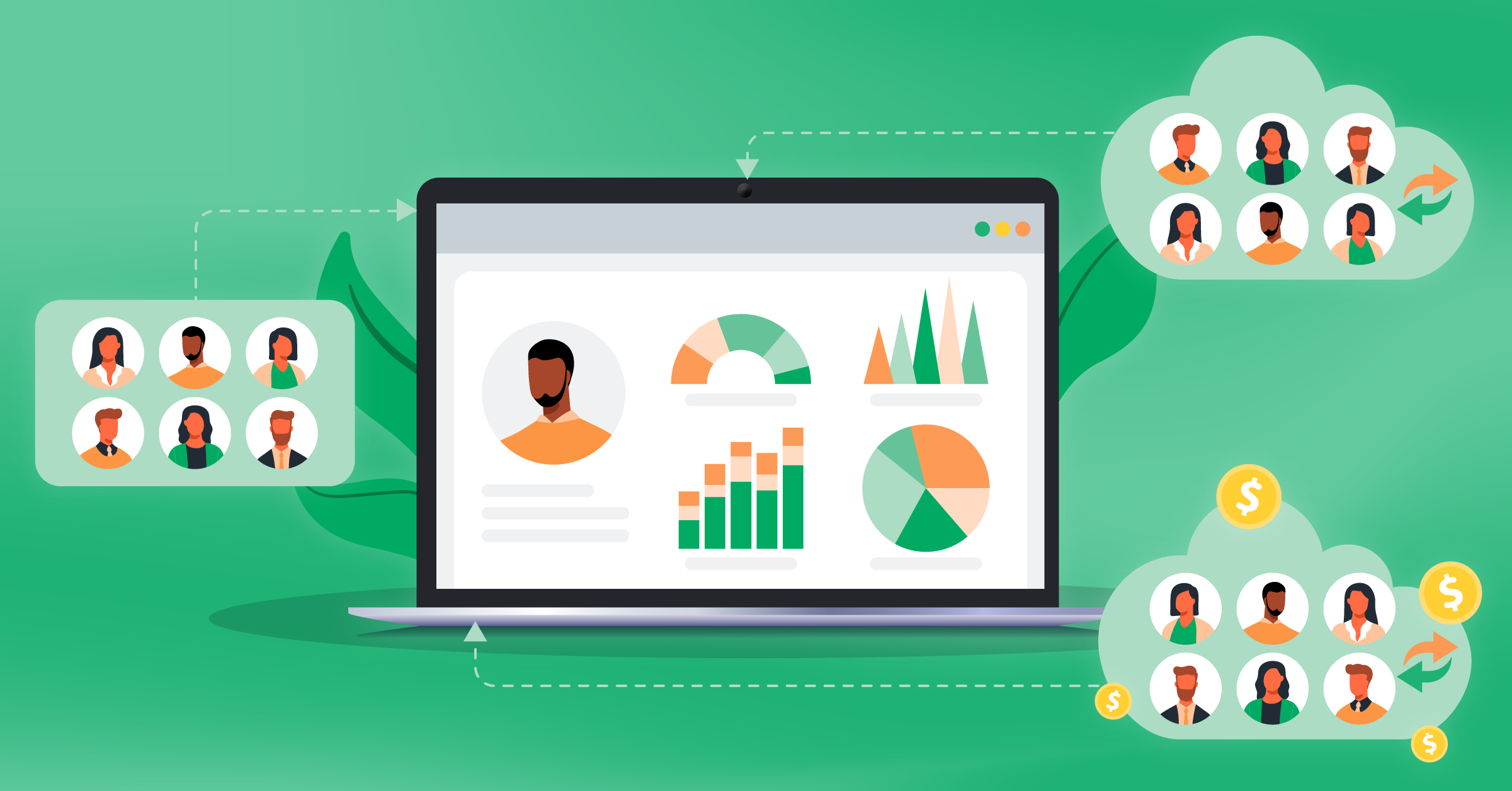
Data helps marketers and business owners make all sorts of decisions, ranging from which products to sell and at what costs to what marketing channels to use.
And in today’s world, the information businesses are using to make decisions comes from all kinds of sources. There’s the customer info you get directly from clients, and on the other end of the spectrum, there’s the intel you’re paying for from official databases.
- What’s the difference between first-party and third-party data? And what about other types of data?
- What’s the difference between first-party and third-party cookies?
- First party vs. third party data: Which is better?
- How & why store first-party and third-party data
- What about cookie-less tracking?
- Final thoughts
All of this data has a place in marketing and business management as long as you know how and when to use it and the data is up to date.
In this post, we’re going to look at the difference between first-party vs. third-party data to help you know when to use each. We’ll also discuss tools that help you collect accurate lead data and improve your marketing performance, such as Facebook Conversion API integration. Sign up for a free demo below to know more about this integration.
What’s the difference between first-party and third-party data? And what about other types of data?
There are four core types of data: First-party, third-party data, second-party data, and zero-party data.
The most significant of these are first- and third-party data, which is what this article will focus on. This is because first-party and third-party data can typically give you the most concrete and far-reaching information in truly actionable ways.
First- and third-party data are so powerful partially due to the reliability of the information, and partially because of the type of information you can gain.
The difference between first-party data vs. third-party data all comes down to where the information is coming from.
Let’s take a look at each one to better understand the difference between 1st party and 3rd party data, along with second-party and zero-party data.
What’s zero-party data?
Zero-party data is the information that customers proactively and intentionally share with a brand.
Examples of zero-party data include:
- The information a client shares on a lead generation form, an email subscription form, or during the checkout process
- The information shared by a client during a phone call or exchange with a salesperson

This is useful information because it can be utilized to qualify leads early. You can also get information about a user’s demographics or pain points that may be difficult to assess without insight directly from the customer; analytics tools can’t reliably pick up on why someone chose your software instead of a competitor’s. Here are some tools that help you collect zero-part data:
When it comes to zero-party data vs. first-party data, there can be some overlap between the two. Ultimately, though, both have their place in data analysis, and zero-party data can tell you a great deal about a user’s motivations that analytics alone couldn’t reveal.
What’s first-party data?
1st-party data is that data that your business collected directly, either from your own site cookies or potentially from clients (though this overlaps with zero-party data).

Some first-party data examples include the following:
- First-party cookie data, which is captured by your site with the customer’s permission
- User activity within your app
- Campaign data accessible through your own Facebook or Google Analytics
What’s second-party data?
Second-party data (or “2nd party data”) is data that comes directly from one company, which then sells it to another.
Company 1 will collect this data straight from an audience (almost like market research) and then sell it outright. It can also include data collected from the brand’s own website, app activity, or social media campaigns.
This data is really just first-party data from another company that you’re gaining access to.
While it can be helpful, especially if you’re considering an acquisition or partnership or have an overlapping audience, it does have limitations. If you aren’t the one conducting the data yourself, you may not be confident in the results, for example. In addition, there may be less transparency about how the data is collected and analyzed compared to major third-party data sources.
What’s third-party data?
3rd-party data comes from third-party outside sources and often pulls their information from enormous databases. In many cases, third-party data is used as a first-party data enrichment tool, allowing brands to fill in the blanks about established customers or to purchase lists of new leads.

Caption: Image from data enrichment tool Clearbit
Examples of third-party data may include information coming from the following:
- Third-party databases and data enrichment tools
- Third-party cookies installed on your site, like ones for Google Ads or Facebook Ads
- Web scraping of publicly available information from across the internet
What’s the difference between first-party and third-party cookies?
Sometimes data comes directly from a client through submitted forms; other times, we record the data in other ways.
That’s where cookies come into play.
First-party cookies will collect data on your site when customers visit, including how many convert, what pages they visit, and which customer IDs have abandoned a cart. It allows you to deliver more relevant marketing messages on a personalized basis, and most customers don’t have an issue with this.
Third-party cookies are installed by you for third-party sites to track data happening on your site by other companies when customers visit.
This may include tracking pixels for ad platforms like Facebook Ads or Google Ads. They’re often used to understand user behavior and remarketing, but there have been some privacy concerns around these trackers. As a result, recent developments like the iOS 14.5 update have directly impacted the reach and accuracy of some third-party tracking.
First party vs. third party data: Which is better?
The reality is that in many cases, the more data that you have, the better. That often means sourcing data from both first-party and third-party sources.
First-party data will almost always be the most accurate because it’s coming directly from a client or lead’s answers or actions right now. You can see that someone submitted a lead form today and all of their information (name, phone number, job title, and employer) are very likely to be correct.
First-party data can also be limited, however. Customers aren’t willing to share their past work experience in many cases, because it’s a big-time investment, and why should it matter?
They also may not know how much their company makes or how many employees it is, for example, which is directly relevant to B2B brands. B2C brands may use third-party data to discover new leads or learn information like estimated household income or educational levels.
Third-party data can be extremely thorough, and it can help you connect to new customers.
That being said, it also carries the risk of containing outdated or incorrect information. They can help you fill in a lot of the blanks and offer incredible insight into potential customers, but there’s always a slight risk that the particular client or lead you’re looking at has information that isn’t as up-to-date as you’d hope, and it’s hard to know what’s accurate and what isn’t.
How do first-party data and third-party data integrations work?
Here’s an example of how you might use first-party and third-party data:
You run a Facebook Lead Ad, and a user submits the lead form. You get their first and last name, their company name, and their email address. Using an automation tool like LeadsBridge, this data is synced to your CRM right away.
From there, your sales team can use a third-party data enrichment tool to search for the lead or their company. You can now discover the company size, relevant news items (like whether or not it was recently acquired or received funding), company revenue, and more.
With all of this information, you can craft a stronger deal for the client to increase the odds of closing a sale.
How & why store first-party and third-party data
It’s not first-party vs. third-party data you should worry about; it’s how to store both in a way that your team can use it.
It’s important to store all your existing data in a single location so that your marketing, sales, and customer service teams don’t have to dig through multiple tools to find all the information they might need.
Having all first-party and third-party data stored in your CRM, therefore, is the best move, and you can use 3rd party data integration and automation tools like LeadsBridge to keep all of your information synced and up to date.
You want to use this information so that you can identify high-value leads, help deliver stronger customer service, and create more relevant marketing messages. You can better understand your target audience, collect emails for targeting, and use third-party integrations to set up and automate retargeting on paid social platforms.
You can, for example, use LeadsBridge’s Custom Audiences Sync integration to effectively reach your audience through retargeting on Facebook, LinkedIn, TikTok, and Google. Our Audience targeting integrations make it easier for you to connect segmented audiences from your CRM or your email marketing platform (or both!) with your go-to advertising platforms.
Schedule a demo to learn more about TikTok Custom Audience.
When you have more data available to your brand about individual customers, all of this is possible because you can understand their needs, pain points, and motivations much more effectively, all while seeing where they are in the digital sales funnel.
What about cookie-less tracking?
Using third-party cookies to collect additional data has long been an effective and popular option for brands. They were able to get actionable data, and a third-party service may have benefited as well. It was a win-win.
Now, though, there’s a catch, which we mentioned early on. Apple’s recent iOS updates have thrown a major wrench into third-party data tracking, requiring customers to opt in to data tracking instead of having the default be to opt in where they’d need to proactively opt out.

Caption: Image from Apple
This has been significant, with 96% of Apple users choosing to opt out of data tracking. Since it’s so popular with users, it’s likely that additional actions taken by other device manufacturers or even federal policies could follow suit.
Having a workaround to this issue is essential, especially for brands who are using remarketing to reconnect with (and convert!) site visitors, leads, and customers.
That’s where Facebook’s Conversions API comes in, which helps eliminate the first-party vs. third-party concerns and allows you to leverage first-party data as if it was coming from Facebook’s pixel itself.
How to use Facebook’s Conversions API for cookie-less tracking
Facebook’s Conversions API is an exceptional workaround to the third-party cookie issue. It allows you to sync the data from your website that you’ve collected to Facebook, where they can then use the data for remarketing. This is similar to how the pixel works in theory, except the pixel uses Facebook’s tracking on your site.
The data is going from your server back to Facebook, so this sidesteps the issue while still giving you plenty of reliable and actionable data that can fully automate your campaigns.
Facebook’s Conversions API is free, and you can use LeadsBridge’s Facebook Conversions API integration to make setup easy and to even automate your campaigns.
Final thoughts
The question isn’t so much whether you should be using first-party data vs. third-party data, but when and how to use each.
As your business grows, there are plenty of reasons why you’ll want to have as much customer data as you possibly can.
You can better identify high-value audience segments, potential leads, and even customers that are likely to jump ship for a competitor before they do. You can more effectively create stronger offers, better marketing messages, and even automated marketing campaigns.
There are endless uses for more high-quality data, with one result: Better and more efficient business opportunities for your brand.
Taking advantage of first-party data and third-party data together is often a good strategy, but don’t forget to set up cookieless tracking options like Facebook’s Conversions API so that you can keep your remarketing campaigns going strong. This is an essential part of maintaining high conversion and sales rates, and it’s easier than ever with the right tools.
Looking for new ways to utilize the data that you have to better connect to your target audience, including existing leads and potential customers alike?
















